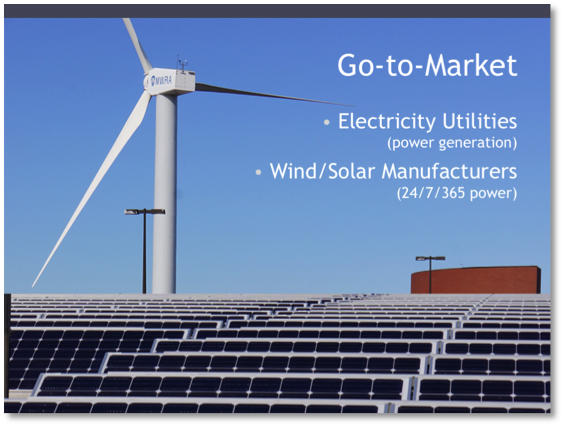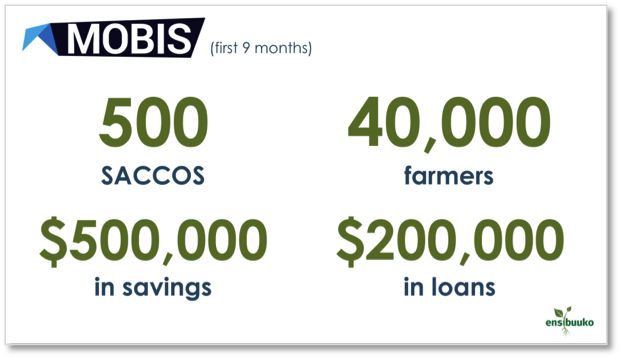This little piggy went to market.
NEXT, YOU NEED to explain to the audience how you intend to find paying customers. This is a summary of your Marketing and Sales plans from The Next Step: Startup Sales and Marketing, which, in business planning and pitching, is generally known as your “Go to Market plan.”
For a company like Ensibuuko, the company started by talking directly to a handful of SACCOS, expecting that some of them would agree to be the initial customers.
For a company like Concrete Battery (one of the examples from The Next Step: Guiding You from Idea to Startup; see the appendix of this book), the plan is slightly more complex, because there are multiple potential types of customers to pursue. Startups have limited resources and thus need to prioritize which customers they sell to first.
Concrete Battery—[Go-to-Market, second draft]

“The customers of Concrete Battery come from three sources. First, we sell flywheels to the manufacturers of wind generators and solar panels. By adding storage, their products can better compete with fossil fuel generators, as the renewable solutions can better provide a steady, reliable stream of power. Second, we sell directly to the utilities that generate electricity, so they can put the storage within their networks, across the multiple renewable installations. Third, we sell directly to big industrial power users, who today use backup generators to ensure the reliability of their power from the grid.”
If your company is selling a product through a distributor or reseller, at this point explain how you expect that reseller to agree to sell your product.
Traction
Once you have some initial customers, rather than focusing on the Go to Market plan, tout your traction. “Traction” is any quantitative measure of success that helps proves the viability of your startup. Traction includes your first revenues, your initial customers, or even the customers you’ve given free copies to in order to prove the value of your solution.
Traction is proof that there are customers for your solution. Traction is validation that your business plan might work. Remember, you are asking investors to risk their money on your idea. You may be convinced that the plan will succeed, but investors need convincing. Traction is the evidence you use to help do that convincing.
Ensibuuko—[Traction]

“In the first nine months since launch, we’ve signed up 500 SACCOS. 40,000 of their customers are now using MOBIS. We’ve processed $500,000 in savings from these farmers and are managing $200,000 in loans through the system.”
Go back and note the difference in believability between the Concrete Battery “Go to Market” and the Ensibuuko “Traction.” Which seems further along? Which seems less risky of an investment?
The more traction you can show, the less speculative your pitch will sound. Talk about customers. Name them by name, if you can. Include logos on the slide, if they are well-known companies.
What you will find in your sales pitch is that the more customers you have, the easier it becomes to land more customers. You’ll find something similar with investors. The more paying customers you have, the easier time you’ll have raising money from investors.
It is not obvious to first-time entrepreneurs, but startups thrive on momentum. Success breeds more success.











